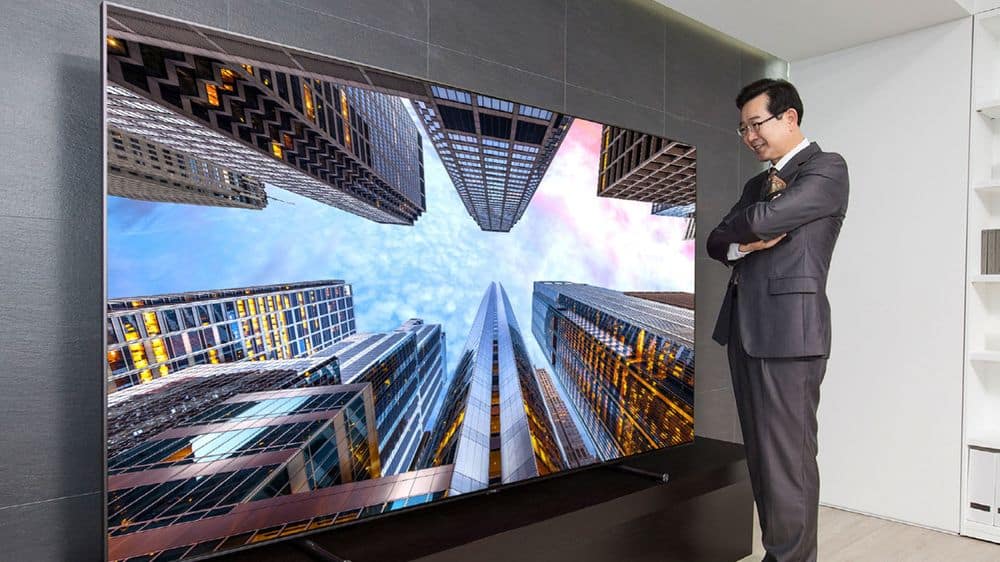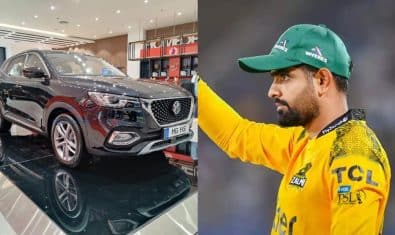Samsung, earlier this year at CES, had announced it latest series of display panels based on new cutting edge technology dubbed QLED.
The company has now unveiled its top of the line 88” 4K HDR ready QLED TV, the Q9. It has been put up for sale for a wallet tearing price of $20,000 (Rs. ~2,107,000).
What You Get for the Price of a Car
With the Q9, you get an Ultra HD (3840 x 2160) 4K panel with the latest High Dynamic Range (HDR) compatible display and a refresh rate of 240 Hz for silky smooth playback. It also sports connectivity options like WiFi Direct, Bluetooth, four High Definition Multimedia Interface (HDMI) ports and comes with the latest Samsung software with its abundant list of features.
The Q9 is slim and sleek with nearly a bezel less display but isn’t that expected with the enormous price tag.
Samsung claims that the new QLED technology, where the Q refers to the ‘Quantum dots’ used in the panel, is a game changer even though it is still an LED backlit panel. Q-Dots can be brighter and more color accurate than AMOLEDs, adhering to standards like the DCI-P3 HDR, but they still cannot control individual pixels like OLED panels.
When compared with what LG is already providing with their OLED displays, the QLED panels simply don’t have the inky blacks and infinite contrast ratio. On the other hand, longer life expectancy of quantom dot based TVs might change some minds when it comes to OLED vs QLED based TVs.
For a better comparison between the two technologies have a look at the video below.
ARVE Error: src mismatchprovider: youtube
url: https://www.youtube.com/watch?v=YUi5OY6VvbY
src in org: https://www.youtube-nocookie.com/embed/YUi5OY6VvbY?feature=oembed&modestbranding=0&showinfo=0&rel=0&autoplay=1
src in mod: https://www.youtube-nocookie.com/embed/YUi5OY6VvbY?modestbranding=0&showinfo=0&rel=0&autoplay=1
src gen org: https://www.youtube-nocookie.com/embed/YUi5OY6VvbY
The Rest of the Lineup
The pricing seems even more bizarre when compared to the rest of the offerings which are much cheaper than the 88 inch behemoth. The Q9F model with a 75 inch panel costs less than half at $9,000 (~950,000 PKR). Compared to the cheapest model, the 55 inch Q7 priced at just $2,500 (~264,000 PKR), the Q9 is close to 10 times more costly.
Lets see how the new series is received by the public. We have seen price cuts before from Samsung in the past after products get a bit older, so its possible the same effect might trickle down the QLED TV product range as well.



























Itni Costly Cheez Waise Kun Log Purchase Karte hai ????
Kyun k wo Afford kar sakte hain isliye.
wahhhhh akheeeeer